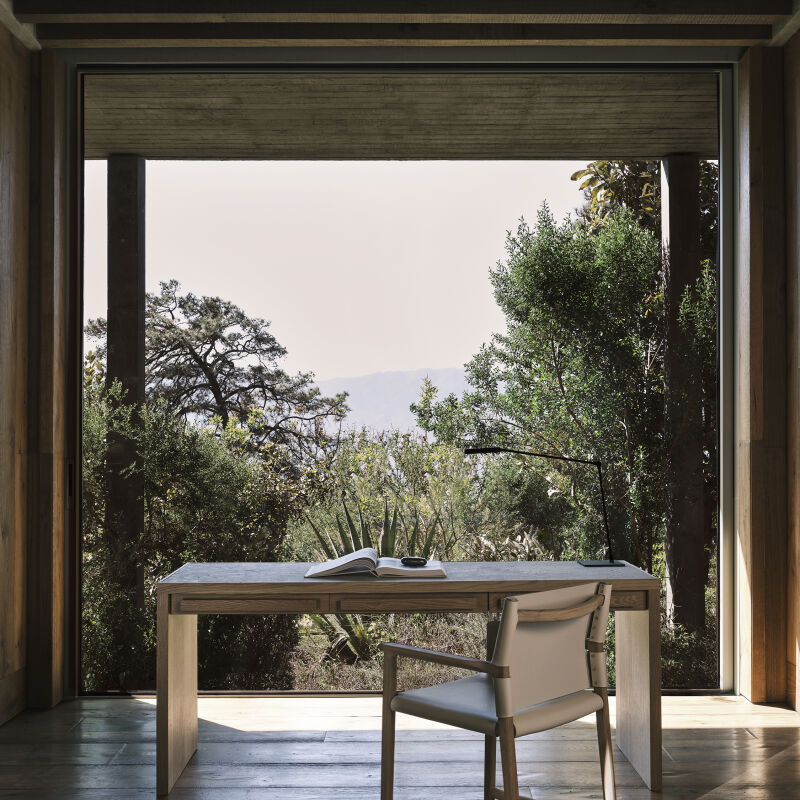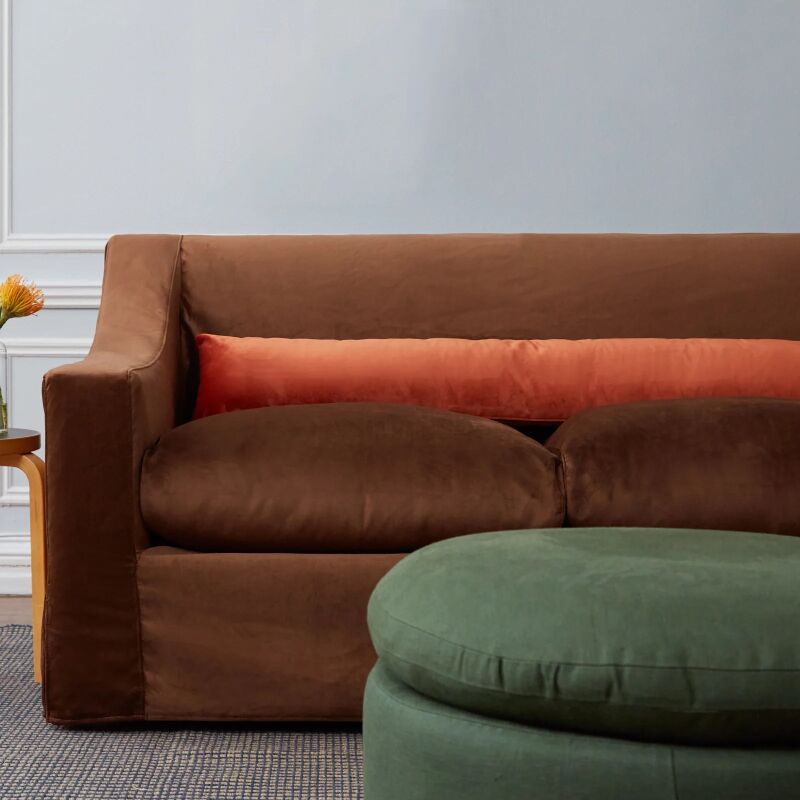A few weeks back, sitting around Julie’s dining room table in Brooklyn Heights, a few of us got to talking about sleuthing out the styles of furniture in our posts. We admit it: despite writing about design every day, there are still a few things that confuse us. For example: How can you tell the difference between, say, Louis XV and Louis XVI furniture? And what exactly does the term “modern” refer to?
Enter Christophe Pourny, the renowned Brooklyn-based restoration expert who’s written the book on the subject: The Furniture Bible: Everything You Need to Know to Identify, Restore, and Care for Furniture, who seemed like the perfect person to teach us a thing or two. The first lesson: furniture styles fall into three very broad time periods: pre-Renaissance, classic, and 20th century. This week we’re starting with a primer on pre-Renaissance styles (and how to know them when you see them); stay tuned for our lessons on classic and 20th century.
A Quick Guide to Pre-Renaissance Furniture

Main styles:
“Most everything predating Baroque and 17th-century furniture is generally thrown in this bag: Medieval, Tudor, Gothic, etc.,” says Pourny.

Iconic look:
“Think dark oak, heavy shapes and carvings, rough joinery, solid wood,” says Pourny. Or: “To speak TV language: Game of Thrones and The Tudors.”

Iconic pieces:
“Think refectory tables, benches, and stools,” says Pourny; or things that wouldn’t be out of place in a dark banquet hall.

Where to find it:
“It’s not really a problem not to be an expert at differentiating precisely, since most of the pieces you will find from pre-1600 are reproductions, made as late as the early twentieth century, when those styles were back in fashion for a while,” Pourny advises. Nevertheless, they’re worth sleuthing out: “Pieces are usually found ‘as is’ in flea markets and estate sales. Therefore they are usually a bargain, made of great wood, and you should not hesitate to play with them.” (Alternatively, go for one of the new, modern-made styles that takes primitive furniture as inspiration; see Trend Alert: Modern Primitive Furniture for a few of our favorites.)

How to use it:
Pourny’s favorite way to use early furniture: “A great look is too strip the dark woods, bleach them (which works wonders with oak), and leave them with a simple wax finish or a whitewash. It’s perfect for weekend houses, or in the city to marry with modern art or furniture for a great statement and contrast.”
More on medieval and primitive style:
- Trend Alert: Modern Primitive Furniture
- Common Parts: A Spirited Line of Furniture from Sue Skeen and the New Craftsmen
- The Gothic Getaway, NYC Edition
N.B.: Cover image from At Home with London’s Antiques Whisperer.
Frequently asked questions
What is the article about?
The article is about how to identify furniture styles, specifically Gothic, Medieval, and Tudor styles, by looking at their unique characteristics and details.
Who is the author of the article?
The author of the article is Christophe Pourny, a renowned furniture restorer and author.
What are some common characteristics of Gothic furniture?
Gothic furniture is typically characterized by pointed arches, intricate carvings, and ornamental motifs such as tassels and rosettes. The furniture often features dark wood and rich fabrics, with a focus on vertical lines.
What are some common characteristics of Medieval furniture?
Medieval furniture is often heavy and ornate, with a focus on hand-carved detailing and decorative elements such as animal motifs and religious symbols. The furniture is typically made of dark woods and features curved lines and arches.
What are some common characteristics of Tudor furniture?
Tudor furniture is characterized by its sturdy construction and simple, geometric designs. The furniture is typically made of oak and features straight lines with intricate carving and details. Tudor furniture often features decorative inlays and marquetry.
How can I identify the style of a piece of furniture?
To identify the style of a piece of furniture, you should look for unique characteristics such as the shape and style of the legs, the detailing and ornamentation, and any decorative motifs or inlays. You can also look at the materials used, as well as the overall shape and proportions of the piece.
Can you mix different furniture styles in a room?
Yes, you can mix different furniture styles in a room, but it is important to do so carefully. It is best to choose styles that share similar shapes, colors, or materials to create a cohesive look. You can also use accessories such as textiles and decor to tie different furniture styles together.




Have a Question or Comment About This Post?
Join the conversation